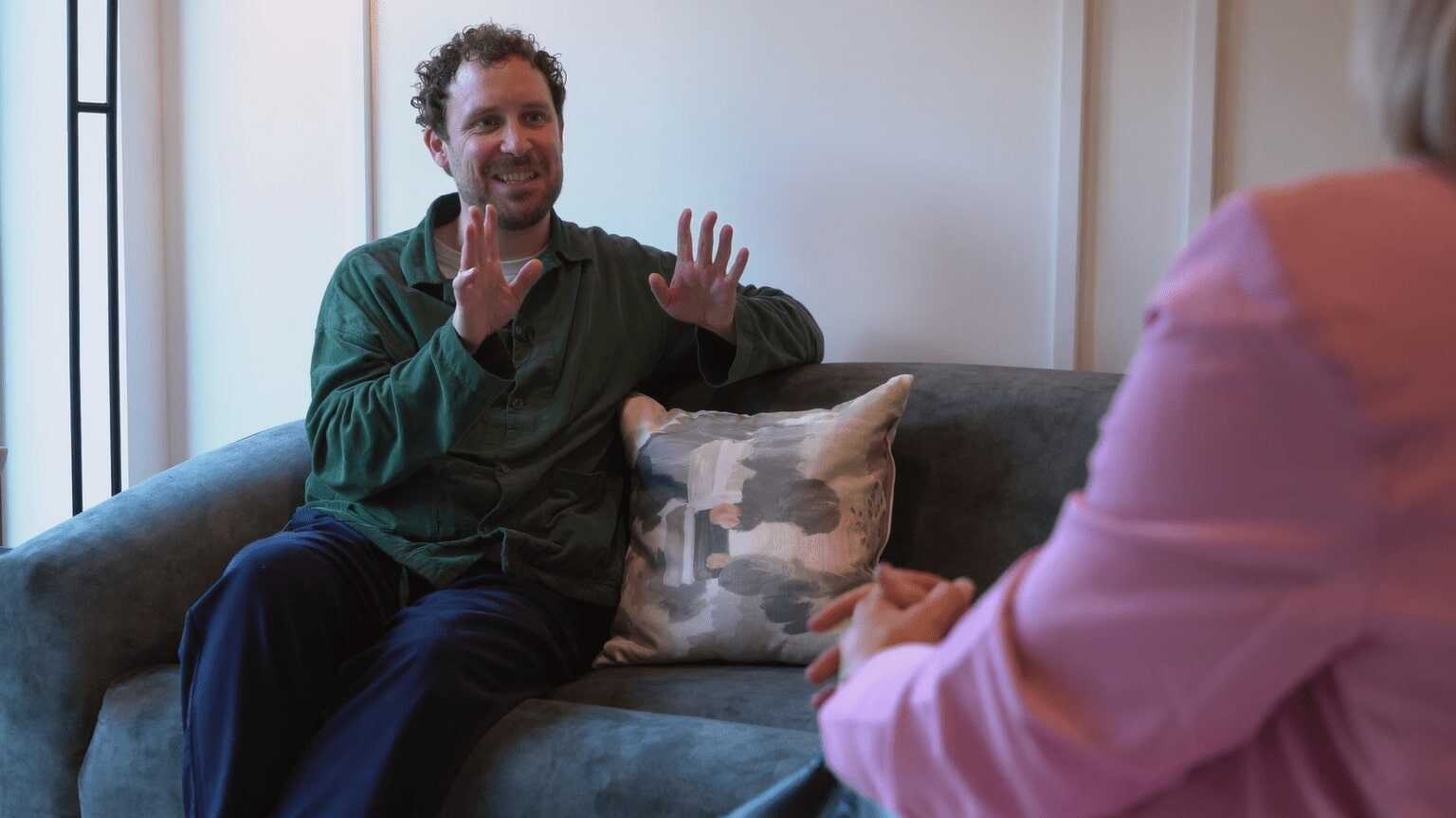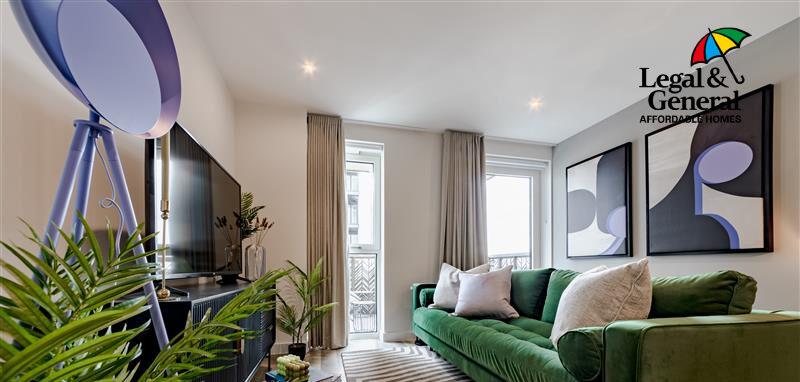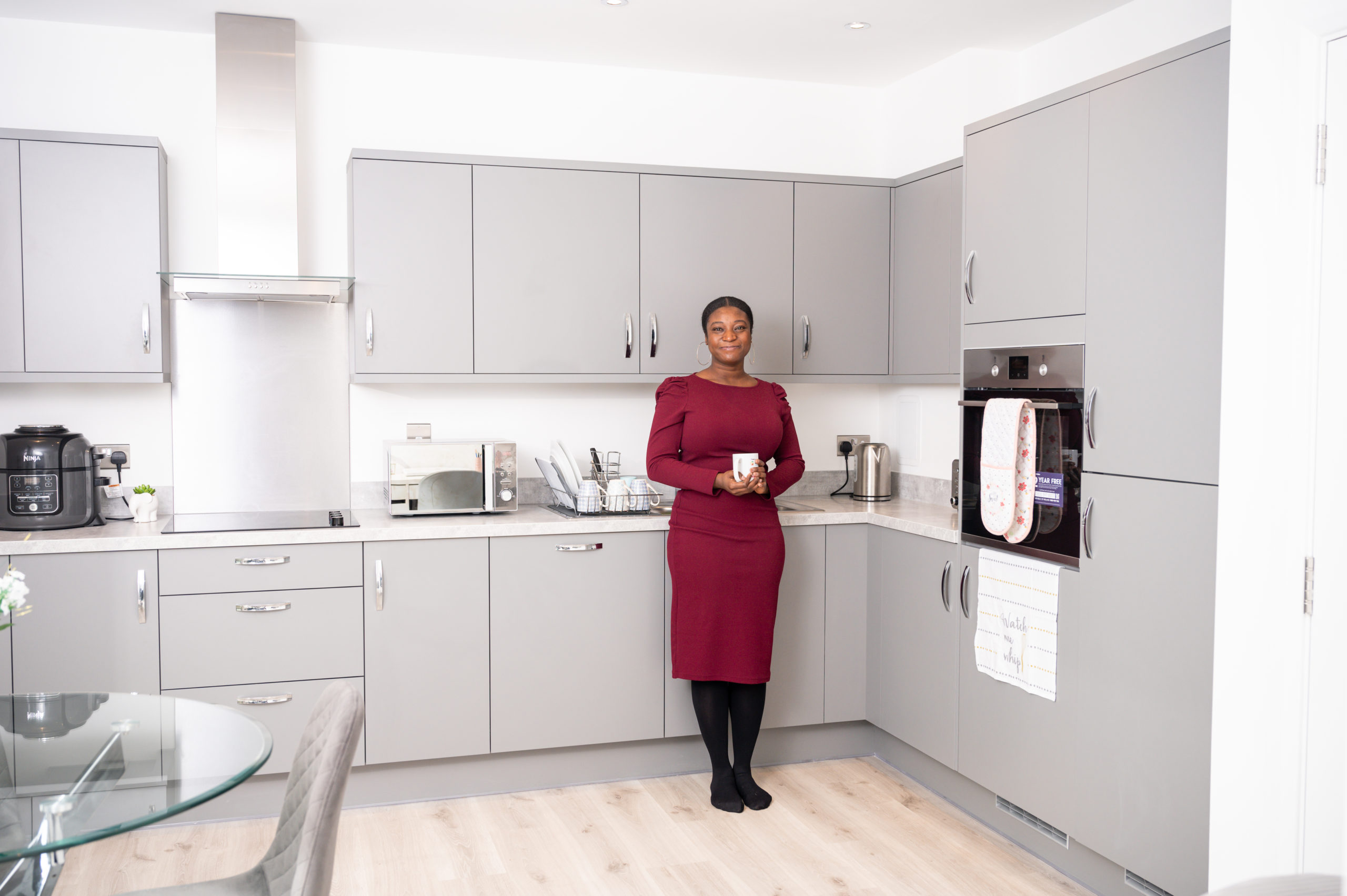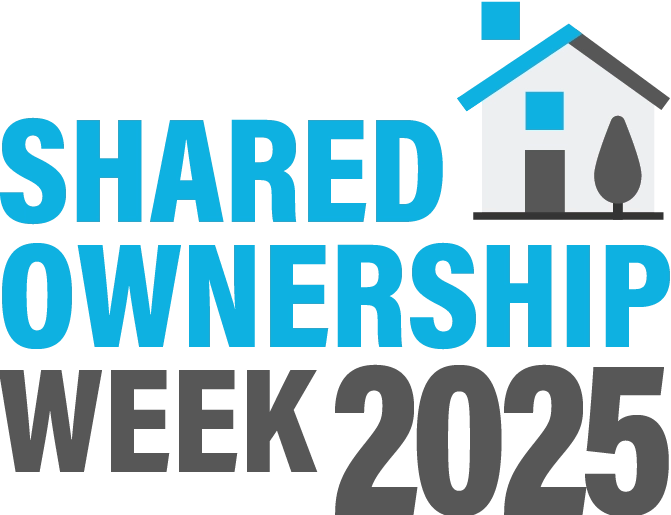What is Shared Ownership?
Shared Ownership is a government-supported scheme built to give first time buyers a helping hand on the housing ladder. Home buyers pay for part of the home while renting the remaining ‘share’ with a housing association. This makes it an ideal opportunity for people who want a home but can’t yet afford to buy one on the open market.
If you are a first time buyer and do not currently own your home, shared ownership gives you the opportunity to purchase a share in a new build or resale property.
Shared Ownership Explained
Watch our Shared Ownership explainer video for a quick visual break-down on how Shared Ownership works and how it can help you get on the property ladder.
How does Shared Ownership work?
You as the purchaser would pay a mortgage on the share that you own and then pay rent on the remaining share, to the housing association that sold you the property. The deposit required for shared ownership is much lower and therefore more accessible for so many people. You only need a mortgage for the share you are purchasing and not the full property value.
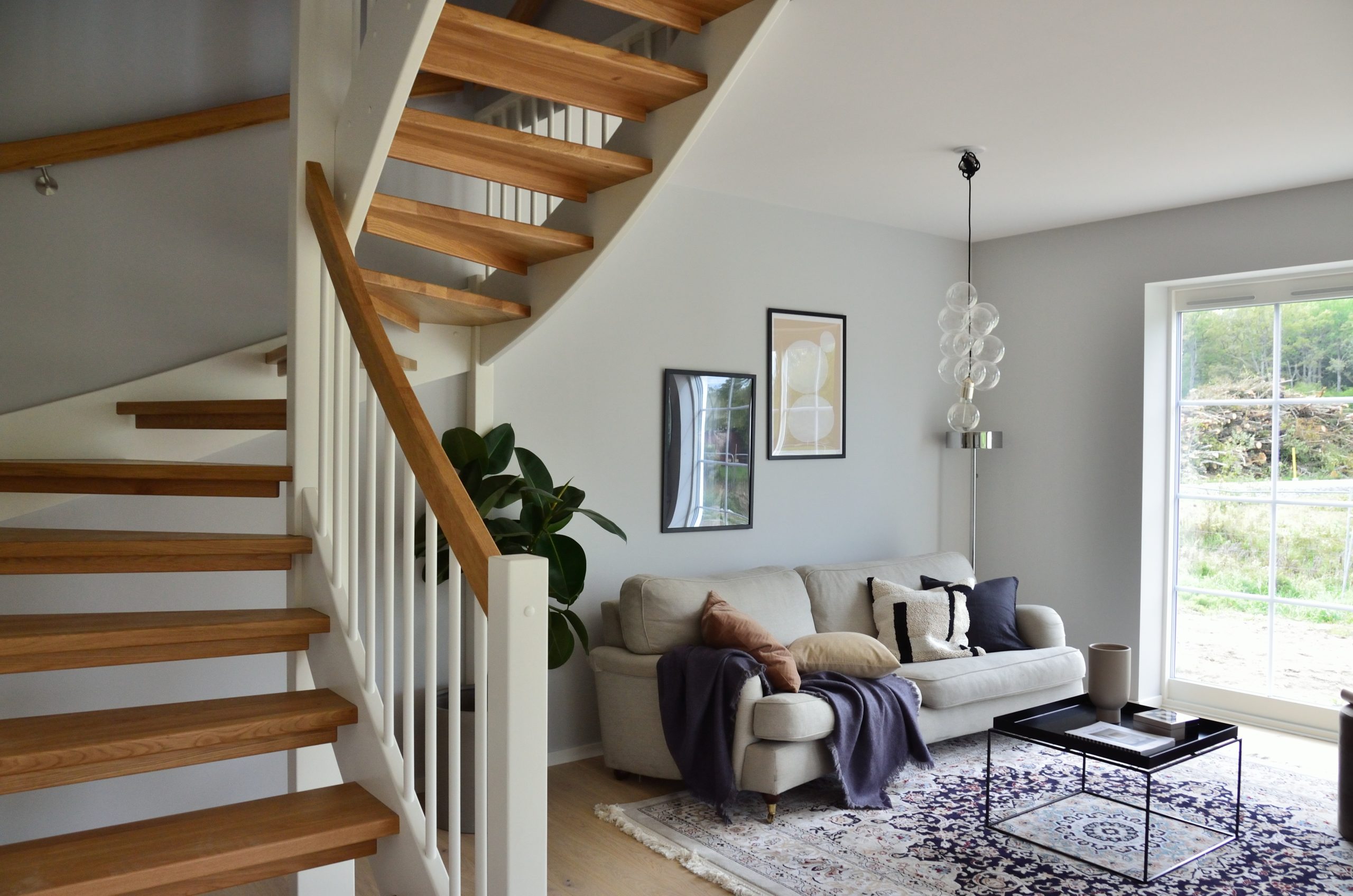
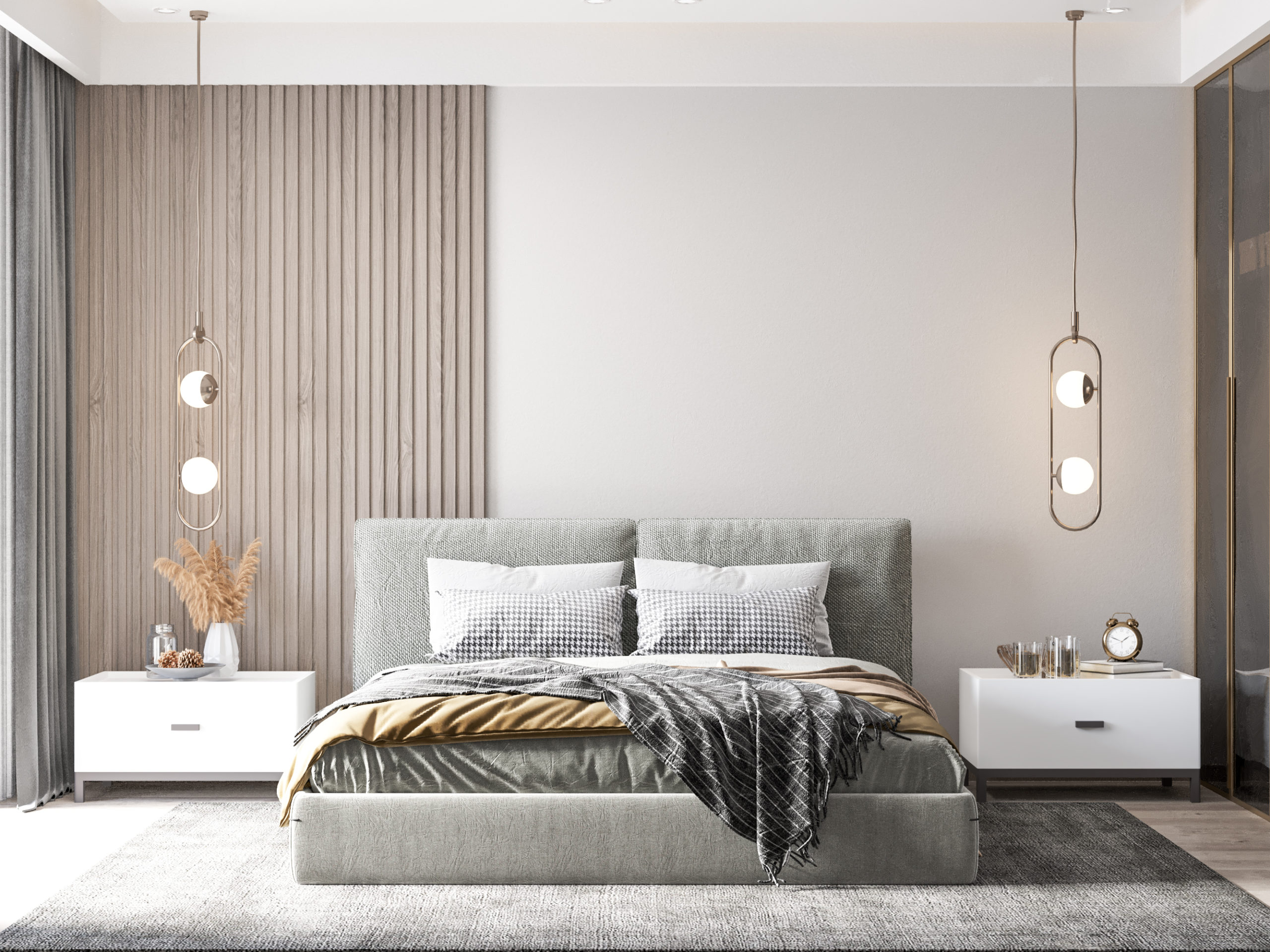
To learn how it all works, look at our 6-step guide to home ownership through Shared Ownership.
- Register with your local registered provider (RP) and local homebuy agent
- Gain an independent financial assessment from an Independent Financial Advisor
- Once you have your application in place and an understanding of affordability, apply for a property that you want to buy
- Reserve your property
- Await your final mortgage offer
- Exchange and complete!
There is often a misconception that Shared Ownership means you share with other people, whereas the term ‘share’ refers to the ‘share’ in a property. Shared ownership properties can be bought either as an individual or as a couple, and you can find more details below.
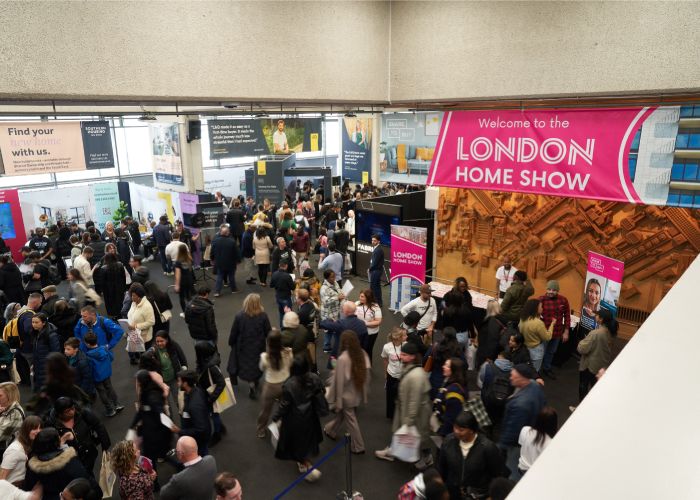
How can
I apply for
Shared Ownership?
- Find a property you like that offers shared ownership – see our ‘find a home’ page for the most conclusive list of properties
- Apply through the local homebuy agent or housing association offering this property
- They will guide you through the rest of the process
It really is that simple! For even more answers, please see our Frequently Asked Questions section below.
- You will need to take out a mortgage to pay for your share of the home’s purchase price
- Shared Ownership requires a smaller deposit, as you only need to find the deposit for the share you buy
- You will need a smaller mortgage, as you are only buying the percentage you can afford
- There will also be a service charge on the property, so it is important to check what it is likely to be
- Shared ownership homes are always leasehold
- You can sell your home at any time. The housing provider will have eight weeks to find you a buyer and during this time you cannot sell your home privately or through an estate agent. If it finds a buyer, it will usually charge you an administration fee, so you should ask whether this is a fixed price. If it cannot find a buyer after eight weeks, you will be able to sell your home privately or through an estate agent
- Housing associations offer resale properties, which have already been bought through shared ownership in the past, and the owners are looking to sell their share and move on. You buy the share they are selling and pay a subsidised rent on the remainder. It is unlikely that you can buy fewer shares than the current owner has, but it may be possible to buy more. Remember that these homes will obviously be older
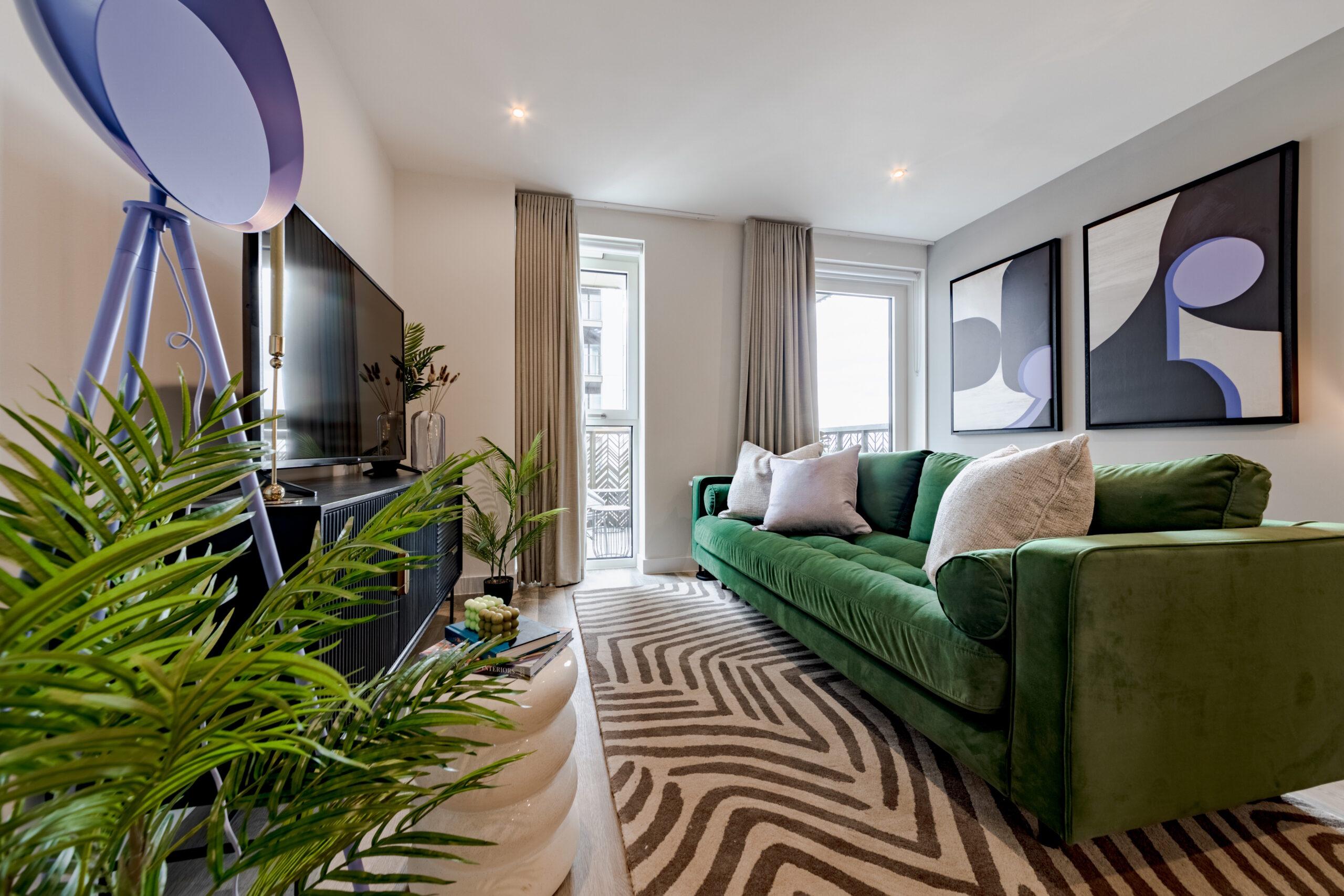
Why buy a Shared Ownership Home?
Buying a home in the current market is far from easy, but Shared Ownership gives you more breathing room to buy a property that would otherwise not be affordable.
If you want to buy a home but are worried about money, Shared Ownership is the way to go. As you only need a smaller mortgage, the initial deposit that you pay is smaller. Though you will have to keep up with rent and mortgage repayments, the smaller deposit will help speed up the process.
Is Shared Ownership good for first-time buyers?
Shared Ownership is perfect for anyone looking to get their housing journey started. Buying a house for the first time is a tough task, particularly if you are still learning the ins and outs of house-buying.
Shared Ownership helps to take the weight off your shoulders by dramatically reducing the deposit you pay and giving you a fast-track ticket to your new home.
As well as being affordable, Shared Ownership properties are often private developments. This means that it is easier than ever to get a swanky home in a sought-after area, without breaking the bank.
